Mastering The Past Future Continuous Tense: Rules, Examples, and Practice Questions
Definition
The Past Future Continuous Tense is used to express an action that would be happening at a certain point in the future, from the perspective of a past time. It indicates that an action was expected to be in progress at a specific time in the future.
Uses
1. Predicting Actions
The Past Future Continuous Tense is often used to predict actions that would be happening at a future time from a past perspective.
Examples:
- I knew she would be studying at 10 PM. (This sentence means that at some point in the past, it was predicted or expected that she would be studying at 10 PM.)
- He thought they would be traveling to New York by this time next week. (This indicates that from a past viewpoint, it was expected they would be in the process of traveling to New York.)
- She expected the children would be playing in the garden. (This suggests that from her past perspective, it was predicted that the children would be playing in the garden.)
2. Indicating Planned Actions
This tense can also indicate planned actions or events that were supposed to occur in the future from a past viewpoint.
Examples:
- He said they would be meeting the clients at 3 PM. (This implies that there was a plan to meet the clients at 3 PM, seen from a past point in time.)
- She mentioned that she would be attending the conference the next day. (This indicates that from a past perspective, attending the conference was a planned future action.)
- They told us they would be launching the product next month. (This means that the product launch was planned to occur next month, viewed from a past point in time.)
3. Describing Interrupted Actions
It can describe an action that would be in progress in the future but gets interrupted.
Examples:
- They hoped we would be playing when they arrived. (This suggests that the playing would be interrupted by their arrival.)
- She thought he would be cooking dinner when she got home. (This implies that the action of cooking dinner would be in progress but interrupted by her arrival.)
- He imagined they would be discussing the project when he joined the meeting. (This means the discussion would be ongoing but interrupted by his joining the meeting.)
Pattern
The grammatical patterns for the Past Future Continuous Tense are:
Positive Form
Pattern: Subject + would be + verb-ing
Example:
- I would be working at that time.
Negative Form
Pattern: Subject + would not be + verb-ing
Example:
- I would not be working at that time.
Interrogative Form
Pattern: Would + subject + be + verb-ing?
Example:
- Would I be working at that time?
Time Signals
Common time signals used with the Past Future Continuous Tense include:
- At that time
- At this time tomorrow
- By then
- In the future from now
- When he/she/they arrived
Common Mistakes and How to Avoid Them
Mistake 1: Misplacing “would”
- Incorrect: “I would working be at that time.”
- Correct: “I would be working at that time.”
Tip: Always place “would” before “be.”
Mistake 2: Forgetting the “ing” form
- Incorrect: “She would be travel to New York.”
- Correct: “She would be traveling to New York.”
Tip: Use the “-ing” form of the verb after “be.”
Mistake 3: Confusing Past Future Continuous with Past Continuous
- Incorrect: “He was be working when they called.”
- Correct: “He would be working when they called.”
Tip: Remember that Past Continuous uses “was/were” while Past Future Continuous uses “would be.”
Conclusion
The Past Future Continuous Tense is essential for discussing actions that were expected to be in progress at a future time from a past viewpoint. By understanding its uses, patterns, and common mistakes, learners can effectively use this tense to enhance their English communication skills.



